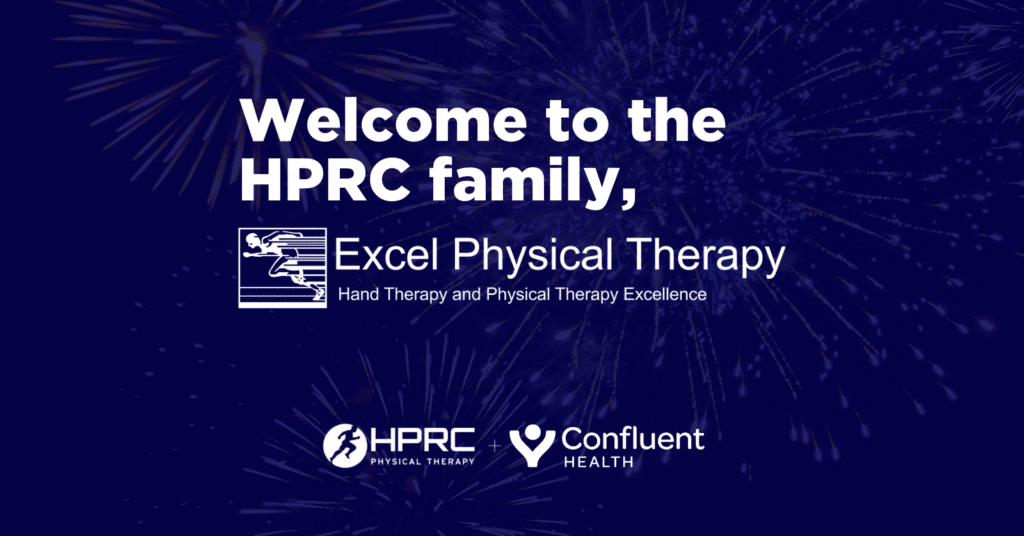How can you prepare your body for the exciting nine month marathon of pregnancy? Take stock in a healthy attitude and practice. Your body will go through miraculous changes in a short nine month period to bring your newborn to you. Learn how you can help.
The most ideal situation is visiting your OB-GYN before you become pregnant. Your MD will perform blood work that reviews your current vaccination/ antibody status,and screen for viral infections, as well as advise about appropriate medications. He/she will review your/your family’s medical history, and make appropriate recommendations.
Nutrition
Eat a healthy diet. A balanced diet will assist in proper nutrients for your growing baby and your energy level. Recommended weight gain through pregnancy depends on your pre pregnancy weight
Pre pregnancy—- normal weight—weight gain 25-35 pounds
Pre pregnancy— underweight— weight gain 28-40 pounds
Pre Pregnancy—– overweight — – weight gain 15-25 pounds
Keep in mind, the range of appropriate weight gain changes when you learn you are carrying multiple births. Your pregnancy weight includes your fetus, placenta, amniotic and maternal fluids, breasts and maternal fat stores.
This is a great time to learn to eat clean.Your diet should include whole grains, fruits, vegetables, lean protein and low fat dairy . 1,000 mg of calcium per day, which is about 3 8 ounces glasses of skim milk is recommended while trying to become pregnant, but you can substitute with low fat yogurt and pasteurized cheeses. Limit your sugars and high fat foods. During your first trimester you do NOT need extra calories. Take heart, for those that want to eat for two, extra calorie consumption comes in the second and third trimester with the growing demands of the baby. A healthy weight gain limits the possibility of complications such as gestational diabetes, and or high blood pressure. https://www.cdc.gov/reproductivehealth/pdfs/maternal-infant-health/pregnancy-weight-gain/tracker/single/Obese_Weight_Tracker_508Tagged.pdf
Folic acid is most important in the earliest stage of your pregnancy. It is a B vitamin that supports the development of a healthy spine and brain, and is often prescribed by your MD before conception or at your first prenatal visit. It can be found in nuts, green leafy vegetables, fortified breakfast cereals, vitamin supplements beans and citrus fruits so if you’re eating a healthy diet prior to conception you are on the right track.
https://www.health.harvard.edu/blog/fertility-and-diet-is-there-a-connection-2018053113949
Exercise
If you are an avid exerciser stick with it, and monitor its effects on your body. Staying active throughout your pregnancy is highly recommended. 30 minutes of moderate exercise per day, repeated 5 days per week, is the general recommendation of ACOG, The American College of Obstetricians and Gynecologists. If you are not, the athletic runner or yoga pilates guru, consider starting a gentle aerobic exercise routine…slowly… that can be as simple as taking a 5-10 minute walk and building your exercise time over a matter of weeks. Of course this all depends on your health status at the start. If you have pre-existing conditions such as diabetes thyroid disease or heart lung issues you should rely more heavily on your MD’s advice
ACOG recommends 150 minutes of “MODERATE” intensity exercise per week for generally healthy individuals…..
Moderate exercise activity can be assessed by utilizing the simple talk test, the exertion rating scale or target heart rate monitoring.
The talk test is a valid, reliable yet informal way to estimate the intensity of your exercise. Generally if your ability to talk is a little challenged then you are in the right range. In other words, being able to talk with light effort but not sing are good indications you are in the right zone for moderate activity. Check out: https://www.cardiosmart.org/~/media/Documents/Fact%20Sheets/en/abk5262.ashx
The Perceived Rate of Exertion Scale/ https://www.hsph.harvard.edu/nutritionsource/borg-scale/ Is another way to measure your exercise intensity. Moderate exercise would indicate an 11-14 on the Borg scale of perceived exertion.
Monitoring your target heart rate is one more way to measure that moderate level of activity.
https://www.heart.org/en/healthy-living/fitness/fitness-basics/target-heart-rates
Include a warm up period with your exercise routine which can be as simple as the exercise activity at a slower pace. Warm ups are important in pregnancy due to the extra demand on your body with pregnancy.
- Safe Aerobic exercise in pregnancy
- Walking at a brisk pace
- Stationary bicycle riding
- Swimming and water exercise
- Modified Yoga
- Modified Pilates
- Running/ if you were running before pregnancy/ consider modifying intensity and frequency/ clear with MD
- Weight training
- Generally avoid contact sports,hot yoga, hot pilates, scuba diving and of course skydiving and surfing. We want to keep your fall risk at a minimum.
Abdominals
If you are a big abdominal class proponent, you should know that crunches and exercises that shorten the abdominal muscles and increase intra abdominal pressure are not advocated during your prenatal period. Your abdominal muscles need to stretch to accomodate your baby’s growth. There are acceptable ways to exercise the abdominals during this time and a physical therapist can help you coordinate your inner core, abdominals, breath, and pelvic floor, so you feel supported as your abdominal muscles stretch.
Exercise with awareness and mindfulness of your body. Exercise will give you more energy, support healthy joints and spine, reduce your chances of constipation, may decrease your risk of gestational diabetes, preeclampsia and C- section delivery. It can improve your mood, enhance your sleep, and make it easier to lose pregnancy weight.
Please, don’t forget to include a cool down period in your exercise routine, that should consist of gentle stretches of the hips spine and chest musculature, and general relaxation exercise for the pelvic floor in the later stages of pregnancy. Make sure your water intake keeps you hydrated through your exercise. Be aware of the signs of over exerting yourself. Learn to listen to your body. Consult here for more info on precautions and warning signs to stop exercise .https://www.acog.org/patient-resources/faqs/pregnancy/exercise-during-pregnancy
Kegel or not
“Kegels” are strengthening exercises for the muscles that sit at the base of the pelvis. These exercises are generally considered an important aspect of pregnancy. They are a group of muscles that never stop working, they keep us dry/continent, and lengthen and relax to allow the bladder and bowel to empty… and to deliver your baby. Their ability to support the organs within the pelvis are taxed with the weight of the growing baby which makes them more vulnerable to weakness in some but not all women. Some women exhibit tightness of the pelvic floor muscle and do not need to perform Kegel exercises. It may be best to consult with a pelvic physical therapist to help you decide if Kegels are needed during your pregnancy. Every woman should know how to coordinate her pelvic floor muscles with a regular exercise regime and be able to demonstrate lengthening and relaxation of these same muscles . It is the reverse Kegel taught towards the end of your 9 months that will assist with your vaginal delivery.
Follow these recommendations and treat yourself to your best possible pregnancy. Happy Baby!



